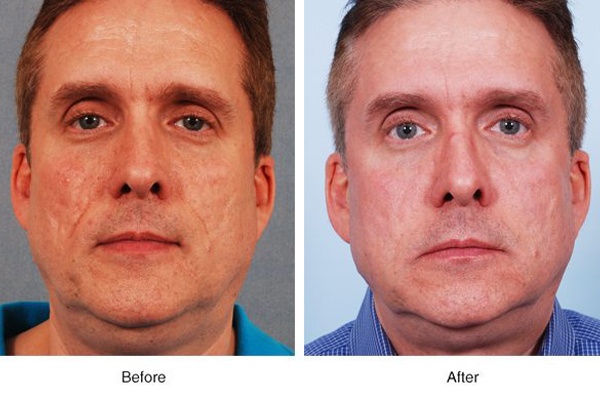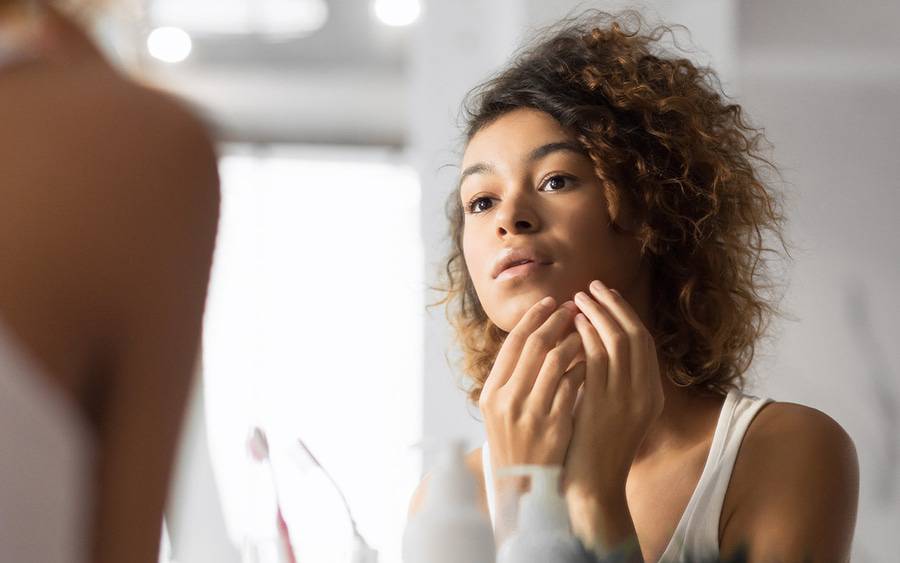Specialist Acne and Acne Scars Treatment: Long-Lasting Results for More Clear Skin
Specialist Acne and Acne Scars Treatment: Long-Lasting Results for More Clear Skin
Blog Article
Exploring Skin Disease: Identifying and Dealing With Acne Scars for Healthier Skin
Acne scars stand for a substantial issue for people seeking to preserve healthy and balanced skin, as they can impact both look and self-confidence. Comprehending the various kinds of scars, from atrophic to hypertrophic, is crucial for figuring out appropriate therapy alternatives.
Understanding Acne Marks
Recognizing acne scars is critical for anybody that has actually experienced severe acne, as these marks can have an enduring effect on both physical appearance and mental health. When the skin undergoes inflammatory reactions during energetic acne lesions, acne marks create. The intensity of scarring is typically affected by variables such as the sort of acne, its duration, and private skin features.
The body's all-natural healing process can result in either atrophic scars, which look like anxieties in the skin, or hypertrophic marks, which are increased and arise from overflow of collagen. In addition, the mental toll of acne scars must not be taken too lightly; several people report sensations of shame, anxiety, and reduced self-confidence. This psychological problem can impact social communications and total top quality of life.
Attending to acne marks requires a detailed understanding of their development and effect. Recognition of the potential for lasting effects connected with unattended marks can inspire people to look for proper treatments. Early treatment and reliable administration approaches can dramatically boost skin appearance and enhance psychological strength, emphasizing the importance of understanding the complexities surrounding acne marks.
Kinds Of Acne Scars
Acne scars can be classified into unique types, each displaying unique attributes and needing particular treatment techniques. The main types of acne marks include atrophic, hypertrophic, and keloid marks.

Hypertrophic scars, on the other hand, are increased above the skin level and are the result of extreme collagen manufacturing throughout the healing procedure. They generally remain within the limits of the initial acne sore. Keloid marks are comparable but extend beyond the original injury website, forming larger, increased areas that can be itchy or unpleasant.
Recognizing these sorts of marks is essential for choosing appropriate treatment options. Various marks may react much better to details treatments, such as laser treatments, fillers, or surgical interventions, emphasizing the importance of a tailored method to acne mark administration.
Recognizing Your Marks
Acne marks normally fall right into two categories: atrophic and hypertrophic scars. These can better be categorized into ice-pick marks, boxcar scars, and rolling marks, each showing unique qualities and calling for various approaches for analysis Going Here - acne scars.
Hypertrophic scars, on the various other hand, are increased and take place because of excessive collagen manufacturing during the recovery process. Identifying the particular attributes of your scars-- such as depth, texture, and size-- is necessary for proper recognition. Additionally, take into consideration the distribution of scars throughout your skin, as this can indicate the intensity and duration of the acne condition.
Engaging with a skin specialist can provide beneficial understandings into the nature of your marks, assisting in the distinction in between different types. A complete understanding of your scars will ultimately result in a more customized and reliable treatment plan, making certain a clearer and much healthier skin tone.
Treatment Alternatives Available
Identifying the certain sort of acne scars present on your skin prepares for discovering reliable treatment options. Typical kinds of acne scars include atrophic (depressed), hypertrophic (increased), and post-inflammatory erythema.
For atrophic marks, options such as chemical peels, microneedling, and laser resurfacing are extensively made use of. Chemical peels use acids to eliminate the external layer of skin, advertising brand-new cell development. Microneedling involves tiny needles that create micro-injuries, stimulating collagen production. Laser resurfacing targets damaged skin cells, improving structure and tone.
Hypertrophic scars can be treated with corticosteroid injections to squash the mark or laser treatment to lower inflammation and boost look. acne and acne scars treatment. Silicone gel sheets and pressure dressings may additionally aid in taking care of elevated marks
In addition, dermal fillers can temporarily fill out clinical depressions from atrophic marks, while medical excision may be ideal for extreme instances. Each treatment option has its factors to consider and benefits, making it vital to seek advice from a skin specialist. They can offer tailored referrals based on the type and seriousness of your scars, in addition to your skin kind and total health.
Tips for Avoidance
Efficient prevention methods can considerably reduce the possibility of creating acne scars. The very first step is to preserve a consistent skincare regimen that consists of gentle cleansing, exfoliation, and hydrating. Making use of non-comedogenic products helps prevent blocked pores, which can worsen acne. In addition, integrating topical treatments including salicylic acid or benzoyl peroxide can effectively reduce and manage outbreaks swelling.
Staying clear of need to stand out or pick acne sores is vital, as this can lead to deeper skin damage and click to read raise the risk of scarring. Instead, take into consideration using a chilly compress or over-the-counter therapies to decrease swelling and inflammation.
Sunlight defense is an additional crucial facet of prevention; ultraviolet (UV) rays can darken scars site here and impede the healing procedure. Applying a broad-spectrum sunscreen with at the very least SPF 30 daily can shield the skin and advertise also healing.
Finally, maintaining a well balanced diet rich in minerals, vitamins, and antioxidants sustains skin health and recovery. Staying hydrated and taking care of stress and anxiety levels can likewise play a significant function in lowering acne flare-ups. By executing these approaches, people can considerably decrease their possibilities of creating acne scars.

Verdict
In final thought, understanding and determining acne scars is essential for effective treatment and accomplishing healthier skin. Various kinds of acne marks, including atrophic and hypertrophic marks, require particular interventions tailored to specific requirements.
The body's natural recovery process can result in either atrophic scars, which show up as clinical depressions in the skin, or hypertrophic marks, which are raised and result from overflow of collagen. They are additional divided right into 3 subtypes: ice pick marks, boxcar scars, and rolling marks. Acne scars generally drop into 2 classifications: hypertrophic and atrophic marks. These can additionally be classified right into ice-pick scars, boxcar marks, and rolling scars, each showing unique attributes and needing different strategies for evaluation.
Various kinds of acne marks, including hypertrophic and atrophic marks, necessitate details interventions customized to individual demands.
Report this page